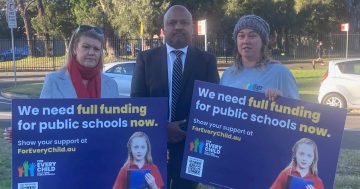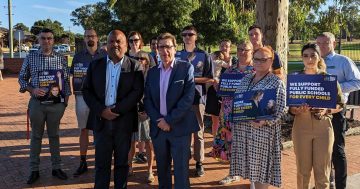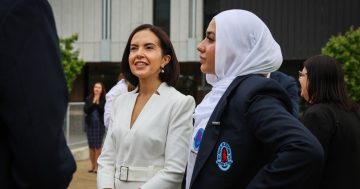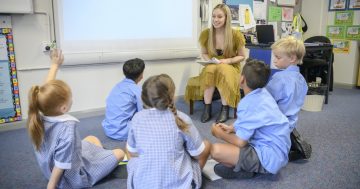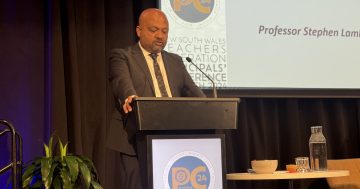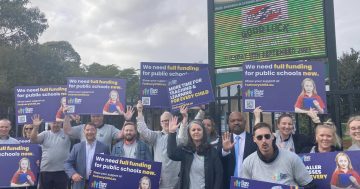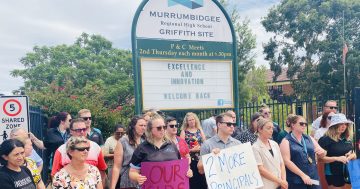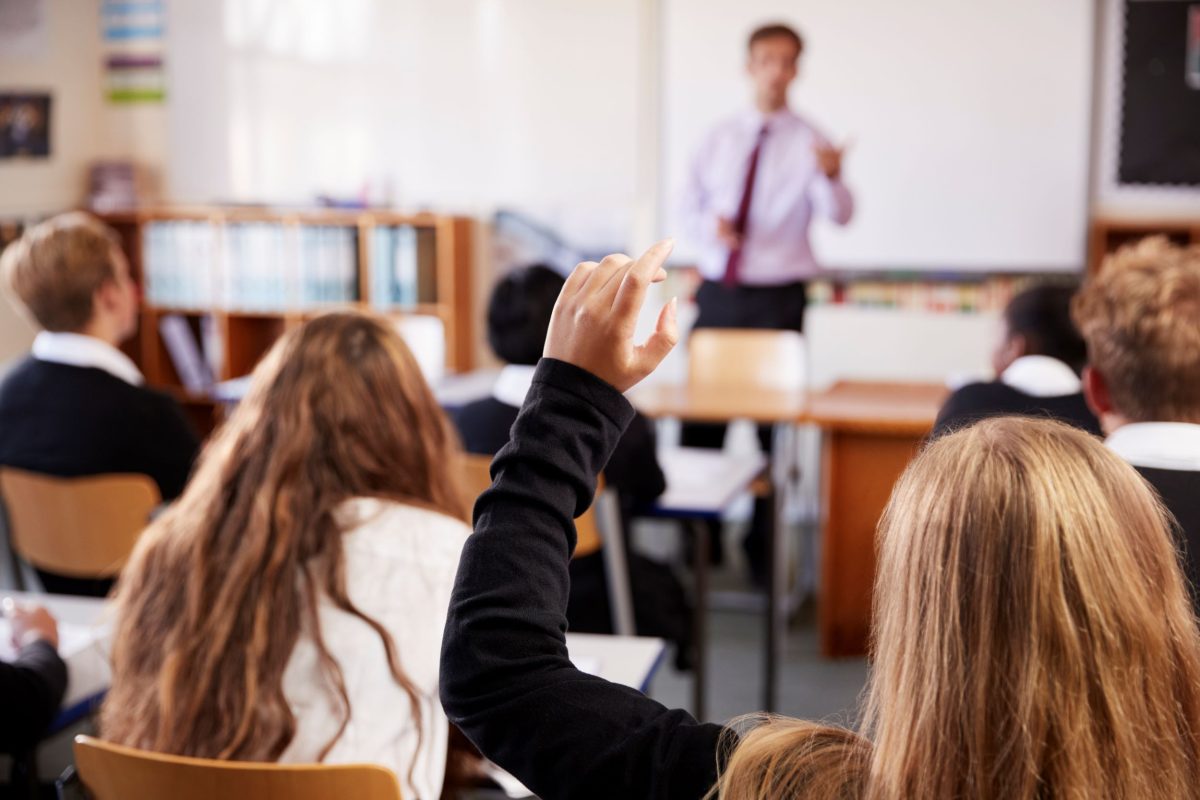
With students now back in the classroom, NSW is facing a severe teacher shortage. Photo: Envato.
With students now back in the classroom for a new year, the need to properly resource our public schools is urgent.
Most of us know that this is a basic moral proposition: giving all kids a good start in life is simply the right thing to do.
But it’s also a hard practical consideration. Because if Australia wants to remain a prosperous and stable nation, it must invest in its people.
Right now, the Illawarra, Southern Highlands and Shoalhaven regions, like much of NSW, are grappling with a severe teacher shortage.
For instance, the Southern Highlands and Shoalhaven faced 41.5 full-time teaching vacancies last term, impacting 45 per cent of their schools. The Illawarra wasn’t far behind, with 32 vacancies in 36 per cent of its schools.
These numbers, shocking as they are, can obscure the deeper, human impact.
Merged and cancelled classes mean less individual attention and compromised learning experiences, particularly for students with special needs. This has broader social and economic repercussions.
Kids missing out on crucial support now are less likely to become productive members of society. And those with behavioural or emotional issues who don’t get the support they need are more likely to interact with the health and legal systems down the track.
That is why investing in education is about more than the current state or federal budgets (both of which are projected to be in surplus this financial year).
It’s about foresight and understanding the long-term impact of our choices. The recent salary agreement between teachers and the Minns Government, which sees a significant pay rise for NSW teachers, is a step in the right direction.
However, it’s not a complete panacea for the teacher shortage crisis.
The roots of this crisis lie in years of wage suppression, non-competitive salaries, unstable employment, and underfunding. Immediate and comprehensive action is required. This includes ensuring competitive salaries relative to other professions, manageable workloads, and job security, as well as fulfilling promises to reduce administrative burdens on teachers.
Alarmingly, the NSW People Matter Employee Survey reveals a high burnout rate among teachers, with a majority feeling they lack the time to perform their roles effectively.
Additionally, the National School Reform Agreement has left NSW with a funding gap amounting to $1.9 billion, a deficit that translates to a shortfall of more than 10,000 teachers.
Addressing this gap could revolutionise public education, enabling smaller class sizes, more one-on-one time to support students with complex needs and a broader curriculum.
The disparity between the opulent facilities of private schools and the substandard conditions in many public schools is stark and also needs rectification.
A fully funded public school system would better serve a diverse student population, including those from disadvantaged backgrounds or remote areas.
As the school year begins, the focus should be on strengthening public education to ensure that every child has the opportunity to thrive. This is not just an investment in individual futures but in the collective wellbeing and prosperity of our society.
Henry Rajendra is president of the NSW Teachers Federation.
Original Article published by Henry Rajendra on Region Illawarra.


